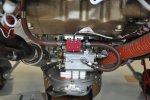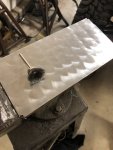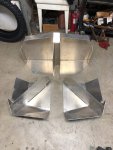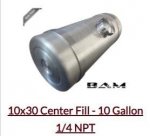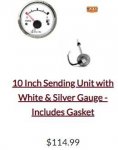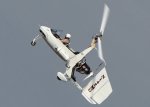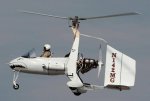Ernie
Junior Member
I'm going to order a spun aluminum gas tank. I'd like to get a sending unit and gas gauge. I hope they're easy enough to install. I have no idea what or where to get one. There are tons of them on the internet, but I don't want to buy just anything. I'm looking for accuracy and quality in the product. Are there any certain brand names or types to buy? Would like to get any advice or recommendations.
Thanks,
Ernie
Thanks,
Ernie

